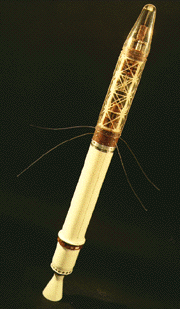Image of Explorer 1 spacecraft.
NASA/JPL
Explorer
Explorer 1, launched on Jan. 31, 1958, was the first U.S. satellite to orbit the Earth. Its successful flight made the United States the second nation in space, following the Soviets who had launched Sputnik 1 just four months earlier.
Explorer 1 carried several scientific instruments which measured space temperature and found little dangers from micrometeorite impacts. Its major accomplishment was the discovery of the Van Allen radiation belt, a region of trapped radiation within our Earth's magnetosphere.
Between 1958 and 1981 there were 56 more Explorer spacecrafts to reach space, though the missions had little in common other than their small size and relatively low cost. They performed a variety of scientific missions, including thorough studies of Earth's atmosphere and ionosphere, and research on the Sun and planets.
You might also be interested in:
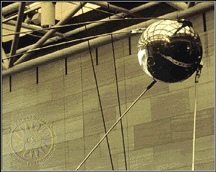
The Soviet Sputnik program consisted of four satellites, three of which reached Earth orbit. Sputnik 1, launched on Oct.4, 1957, became the first artificial satellite to successfully orbit the Earth. It
...more
The belts of trapped radiation above the Earth's atmosphere, but within the magnetosphere, were first detected by James Van Allen in 1958. Therefore these belts are also known as Van Allen Belts. When
...more
The Earth's radiation belts are one component of the larger and more complex system called the magnetosphere. The radiation belts of the Earth are made up of energetic, electrically charged particles or
...more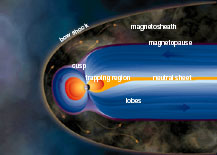
The Earth has a magnetic field with north and south poles. The magnetic field of the Earth is enclosed in a region surrounding the Earth called the magnetosphere. As the Earth rotates, its hot core generates
...more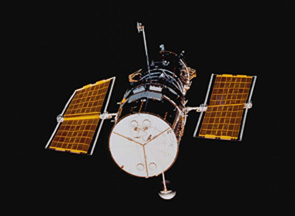
The Hubble Space Telescope (HST) was one of the most important exploration tools of the past two decades, and will continue to serve as a great resource well into the new millennium. The HST is credited
...more
Driven by a recent surge in space research, the Apollo program hoped to add to the accomplishments of the Lunar Orbiter and Surveyor missions of the late 1960's. Apollo 11 was the first mission to succeed
...more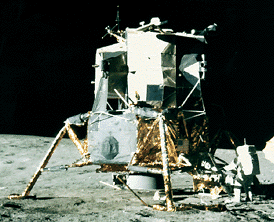
Apollo 12 survived a lightning strike during its launch on Nov. 14, 1969, and arrived at the Moon three days later. Astronauts Charles Conrad and Alan Bean descended to the surface, while Richard Gordon
...more
